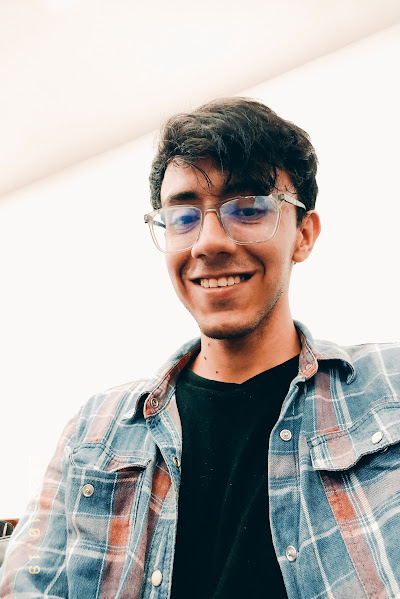What it does
Neoplast is a biodegradable plastic made from natural ingredients like cassava, resins, and wax. It offers the same strength and flexibility as conventional plastic but breaks down faster and even enriches the soil as it decomposes.
Your inspiration
When I found out that microplastics are already in everyone’s bodies, I asked myself how I could help slow their spread. If I can't find a cure, maybe I can help reduce the main cause — conventional plastic. That’s when I discovered that cassava, or yuca as we call it here, is already being researched for bioplastics. It made even more sense when I realized my region is one of the country's top producers, and cassava waste is everywhere. Creating a product from that waste could not only reduce pollution but also support local farmers and vendors by giving new purpose to something they normally throw away.
How it works
Neoplast is a solid yet thin, completely natural material with low opacity, closely mimicking the bottles we use every day in almost every aspect — but with added benefits. It does not release microplastics into liquids, decomposes much faster than its plastic counterpart, and even acts as a nutrient for the soil. This innovative concept reduces emissions throughout the product's life cycle, as it requires little energy to produce, uses no filters thanks to its entirely organic composition, and at the end of its life, serves as fuel for new products — effectively closing the loop. Additionally, it supports the local economy, which is primarily made up of farmers and small businesses, by ensuring a more consistent flow of income and reducing losses caused by waste.
Design process
The process started during a lesson on environmental sustainability, where I learned that microplastics are now present in everyone’s body and that our generation likely won’t be able to eliminate them. What shocked me most was realizing that PET bottles — meant to quench our thirst — are also harming us. They release microplastics into the drinks we consume and, once discarded, continue polluting the environment through the soil, water, and plants. That inspired me to look for an alternative. I consulted another professor, who guided me and helped me start my research. I studied local markets and found cassava to be a major resource, already explored in plastic alternatives like straws and caps by institutions such as SENA. Still, that only addressed part of the problem. Digging further, I discovered that natural resins like pine, when combined with beeswax and carnauba wax, could mimic the properties of synthetic resins without their toxic polymers. This combination, along with cassava, could form a safe and biodegradable material — one that protects both human health and the environment.
How it is different
Neoplast introduces a new range of possibilities in the food packaging industry. As a completely safe alternative to its only true rival — PET plastic — it is harmless to both humans and nature. Its entirely plant-based composition allows it to provide nutrients to the soil, water, and plants after disposal. Moreover, it preserves the original taste of beverages, without transferring any unwanted flavors. Neoplast is also ideal for quick disposal, which is common in rural areas. Unfortunately, many people still litter without considering the environmental impact. This product can turn that harmful behavior into something positive — helping to nourish the soil and close the loop, making the cycle truly sustainable.
Future plans
I aim to upgrade the formula — transforming the product from a layered structure into a fully mixed and homogeneous material. I plan to research its performance under various conditions, such as weather, exposure to gases, physical forces, and contact with sediments. Additionally, I intend to develop a scalable manufacturing process and secure full legal protection for both the product and its production method. My goal is also to obtain all necessary food safety certifications, so that this material can become part of people’s daily lives. Beyond bottle production, I want to explore its potential applications in other fields as well.



Share this page on